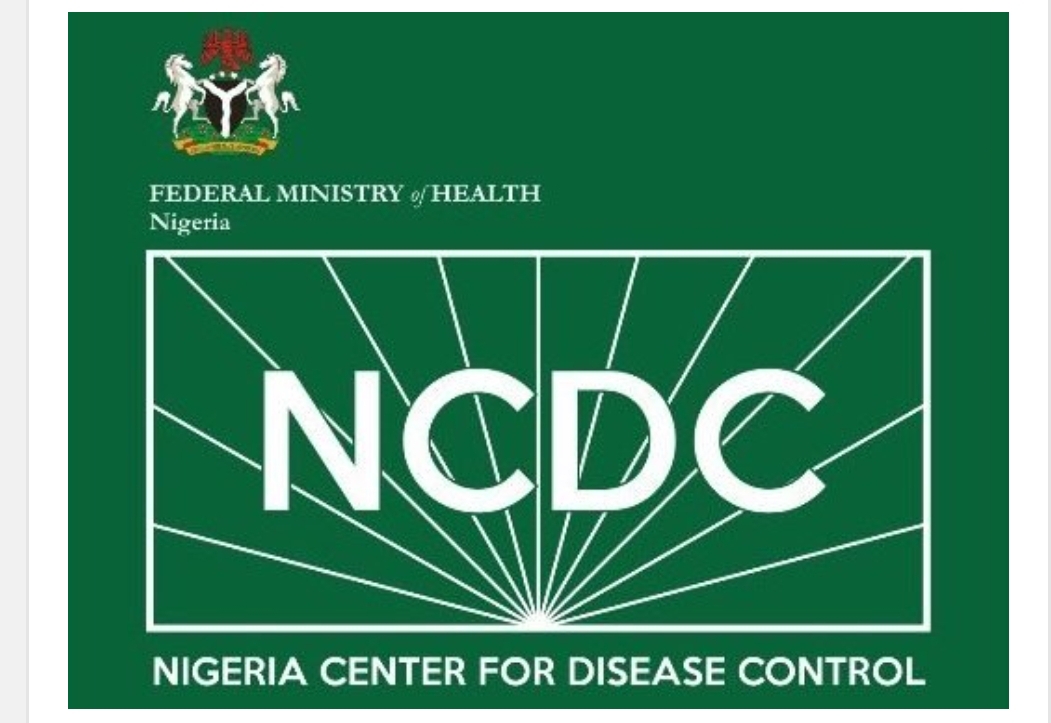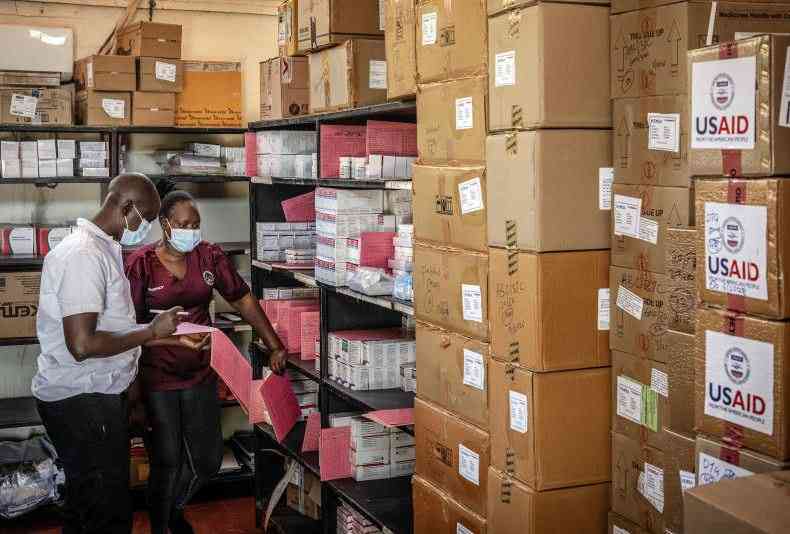Lassa Fever Persists in Ondo, Bauchi, and Edo as NCDC Intensifies Response

The Nigeria Centre for Disease Control and Prevention (NCDC) has pinpointed Ondo, Bauchi, and Edo states as the primary epicenters of the ongoing Lassa fever outbreak in the country. During a press briefing held in Abuja on Wednesday, Dr. Jide Idris, the Director-General of NCDC, revealed that these three states account for more than 70% of all confirmed cases reported in 2025.
Lassa fever, a viral hemorrhagic disease, is predominantly transmitted through contact with the urine or feces of infected rats, according to the News Agency of Nigeria (NAN). The disease can also spread through direct contact with an infected person's bodily fluids, contaminated objects, or infected medical equipment. Symptoms typically include fever, sore throat, headache, vomiting, and muscle pain. In severe instances, patients may experience bleeding from various body openings.
Dr. Idris stated that these three states contributed to 71% of the 660 confirmed Lassa fever cases recorded between January and the end of March 2025. Ondo state accounted for 30%, Bauchi state for 25%, and Edo state for 16% of the total confirmed cases.
In response to the escalating situation, the NCDC has intensified its nationwide multi-sectoral response by activating its Incident Management System at the national level. This system is designed to coordinate the public health emergency response across all affected states.
"As cases surge in these epicenter states, our response is focused on early detection, case management, risk communication, and community engagement," Dr. Idris explained. "The transmission remains active in multiple local government areas, with 28 states and 125 LGAs affected this year."
The Director-General also reported that 122 deaths had been recorded thus far, resulting in a case fatality rate of 18.5%. This is notably higher than the 17.5% recorded during the same period in 2024.
To combat the spread of the disease, the NCDC has deployed National Rapid Response Teams to hotspot areas. These teams are tasked with training healthcare workers on infection prevention and control measures, as well as scaling up community sensitization efforts. Dr. Idris emphasized the importance of early presentation to health facilities to reduce fatalities.
The NCDC is also collaborating with key partners, including the World Health Organization (WHO), Médecins Sans Frontières (MSF), and the African Field Epidemiology Network (AFENET), to support surveillance, clinical care, and public awareness initiatives. The agency is also supporting research efforts through the CEPI-funded Enable Lassa Fever Program 1.5 and the implementation of the Coalition for Epidemic Preparedness Innovations (COPE II) strategy to improve outbreak preparedness and response.
Dr. Idris highlighted that Lassa fever continues to pose a significant health threat, particularly in rural communities where access to prompt healthcare is limited. He affirmed that the NCDC is working closely with state ministries of health, environmental health officers, and international partners to curb the spread and reduce the impact of the disease.
The NCDC also plans to launch a Lassa fever advocacy toolkit and resume its monthly webinar series to provide continuous case management training for frontline health workers.
While the number of confirmed cases dropped from 41 in Week 12 to 14 in Week 13 of 2025, Dr. Idris urged Nigerians to remain vigilant, maintain proper hygiene, and avoid contact with rodents and their droppings. He emphasized that collective action is critical to ending the outbreak and called for swift and unified action at every level of society. (NAN)









